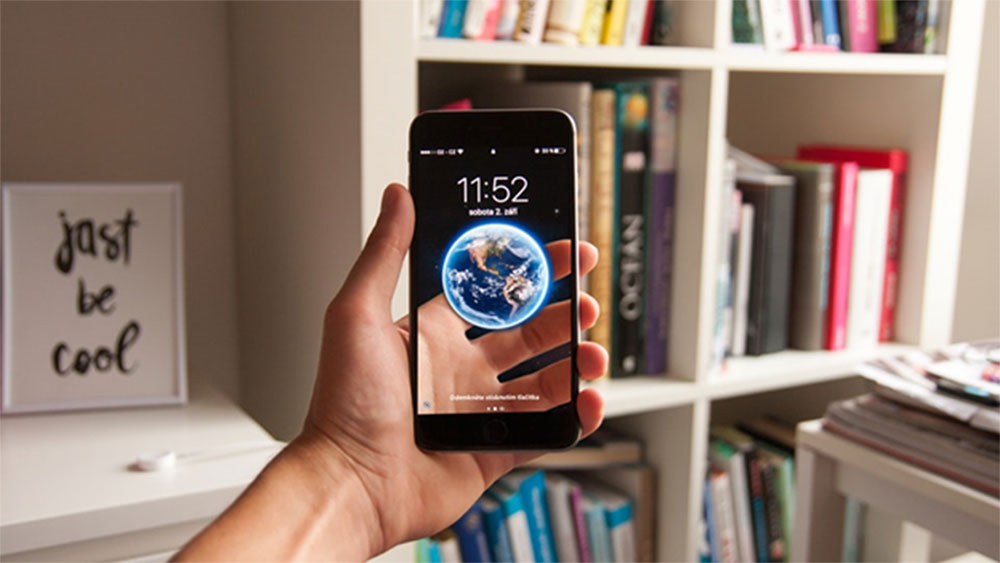
Augmented reality (AR) applications are poised to revolutionize how we learn, shop, communicate, and live. Breaking through to public awareness through mobile apps like Pokemon Go! or fun filters on Snapchat was just the beginning. The potential and possibilities for AR go far beyond idle fun.
Opening AR Development to the Public
At the core, AR places a computer-generated layer of information over a real-world environment. By using hand-held devices like mobile phones or tablets, users can see their environment enhanced in a variety of ways through the camera system. The augmented material can be anything from the highlighting of certain objects, providing pop-up information when the camera is pointed at a product, or guiding someone through the streets.
One of the first big steps for AR has been the release of Apple's iOS 11 ARKit. By making development tools accessible to the public, developers can focus on providing mobile app development services that use the available tools instead of developing them independently.
ARKit gives developers those tools, spurring innovation and creativity. Once out in the wild, uses and applications arise that might not have been considered in a more locked-down technology environment. In turn, companies like Apple that offer their platforms enjoy the added benefit of outside input, establishing a feedback loop for new features, improvements, and refinements.
AR Ideas Are Already Expanding in the Marketplace
Gamification of Everything
Gamification has expanded into the workplace. The concept is less for turning work into a game, and rather more for employing the motivation and engagement techniques of game theory into work.
People like to work toward goals that reward them; AR offers a way to optimize gamification by putting it at workers' fingertips. Employees can monitor performance apps to see how to improve their work or generate some benefit for performing certain tasks.
Interactivity Will Raise Engagement
The same concepts will work in consumer markets as well. Through AR and selfies, for instance, shoppers at Sephora and Warby Parker are already seeing how products will look on them. The cross-selling possibilities are obvious: AR can demonstrate additional products that complement what is already being viewed.
By simply pointing devices at real world environments, users can access data and information, and most importantly, interact with it. The ability to actively engage increases interest.
Checking out how an outfit will look from all angles, inserting an image of a product in the user's home to see how it fits, or asking for cooking or design advice all move consumers along a sales path. This not only meets their needs, but also heavily influences the decision that turns a shopper into a buyer.
Skills Training Will Become Safer and More Realistic
AR applications will be able to guide healthcare professionals through a learning process and continue building that support in the real world. A student will be able to practice drawing blood, for instance, by using AR guidance. Products already exist in the market that reveal the veins through the skin, taking the guesswork out of deciding where to draw blood from.
In more physical environments, workers can be guided through safety training without risk of injury. They can view real world environments overlaid with AR-generated safety issues they need to recognize and resolve. In real time, they can uses AR apps to test safety levels like temperature, stress indicators, and potential dangers while raising situational awareness.
Designers of all kinds-furniture, clothing, building-will be able to model their ideas in real time, creating 3D representations that offer more in depth understanding. A retaining wall, for instance, can be designed and visualized in place, while the AR app provides additional information about durability, stress factors, and weight loads. Designers will be able to vary these factors to meet parameters, all without having to create physical models or mathematically test changes through other means.
The Future Is Open to AR
ARKit and other AR development tools are just the beginning for the connected, interactive world. As understanding of the technology spreads among developers and increases in its exposure to end-users, applications will be realized in everything from production lines to healthcare enhancements. They can also initiate more effective advertising and marketing, and the delivery of needed content on demand.
Guest Author

Rae Steinbach is a graduate of Tufts University with a combined International Relations and Chinese degree. After spending time living and working abroad in China, she returned to NYC to pursue her career and continue curating quality content. Rae is passionate about travel, food, and writing, of course.
Freelance Editor @ ymedialabs.com
